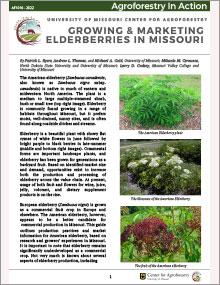

Collective Bargaining 1: Historical Models of Collective Bargaining in the U.S. - Page 6
Revised
Avoidance of competitive unionism Avoidance of competitive unionism
Union bargaining strength is also weakened by wage competition between more than one union in each industry or with a particular employer.
Collective Bargaining 3: Effective Negotiations, Background Information - Page 2
Revised
Research agenda Research agenda
Early in the bargaining process, a local union may want to develop a research agenda to gather data useful in negotiations.

Collective Bargaining 5: Bargaining Techniques
Revised
In this section, some of the major techniques and tactics relevant to the actual bargaining sessions with management are discussed. Visit our site today.
Collective Bargaining 5: Bargaining Techniques - Page 4
Revised
Caucus
An important tactic in the collective bargaining process is the effective use of a caucus. A caucus is the opportunity for the parties to withdraw temporarily from direct negotiations one another. A caucus can and should be used in several different situations to make sure that negotiations are progressing in an appropriate manner.

Collective Bargaining 1: Historical Models of Collective Bargaining in the U.S.
Revised
Explore historical models of collective bargaining in the U.S., from early political and economic unions to modern labor organization strategies.
Collective Bargaining 1: Historical Models of Collective Bargaining in the U.S. - Page 4
Revised
Labor market factors Labor market factors
The employer's ability to pay is also influenced by its ability to cut the costs of production by increasing productivity.
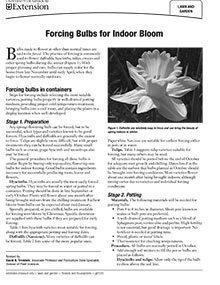
Forcing Bulbs for Indoor Bloom
Reviewed
Forcing bulbs indoors brings spring color to your home during winter. Learn how to select, chill, and pot bulbs like daffodils, tulips, and hyacinths.
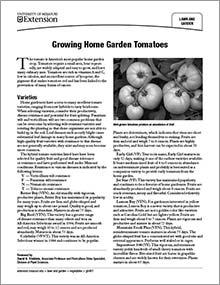
Growing Home Garden Tomatoes
Revised
Tomatoes are a popular home garden crop. They require little area, bear repeatedly, are easy to grow and have many culinary uses. Learn about various varieties and get tips for growing tomatoes in this guide.
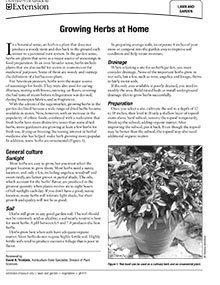
Growing Herbs at Home
Reviewed
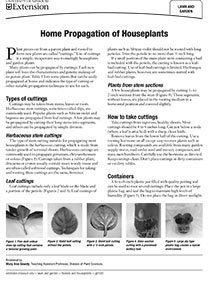
Home Propagation of Houseplants
Reviewed
Plant pieces cut from a parent plant and rooted to form new plants are called “cuttings.” Use of cuttings is a simple, inexpensive way to multiply houseplants and garden plants.
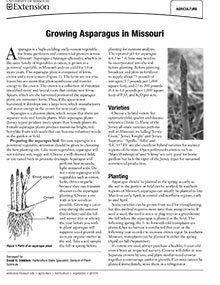
Growing Asparagus in Missouri
Reviewed
Growing asparagus in Missouri requires selecting a well-drained site, choosing suitable varieties, and proper planting techniques.
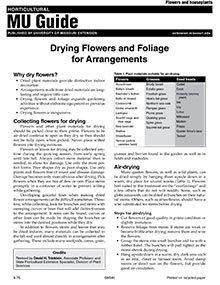
Drying Flowers and Foliage for Arrangements
Reviewed
Create distinctive indoor decorations by drying flowers and foliage. Air-drying, pressing, using dessicants, microwave oven-drying and freeze-drying methods plus preserving foliage with glycerin are covered in this illustrated MU Extension guide.
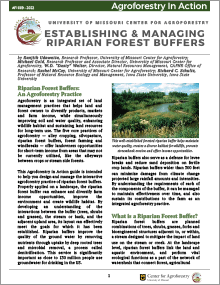
Establishing and Managing Riparian Forest Buffers
Revised
Learn how to design and manage the interactive agroforestry practice of riparian forest buffers.
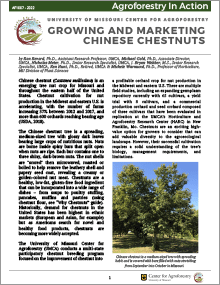
Growing Chinese Chestnuts in Missouri
Revised
Editor's note
This page currently contains only the introductory section of this guide. For the entire text, please download the PDF.
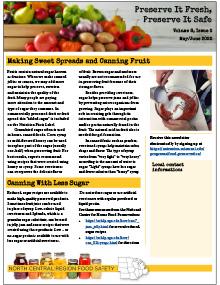
Preserve It Fresh, Preserve It Safe: 2022, No. 3 (May/June)
New
Describes using sugar, syrup, or honey to preserve jams and canned fruit, plus reduced-sugar recipes and methods to dry or freeze strawberries.
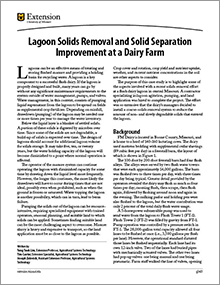
Lagoon Solids Removal and Solid Separation System Improvement at a Dairy Farm
Reviewed
Explore methods for managing lagoon solids in flush dairy systems, including removal techniques and solid separation system improvements.
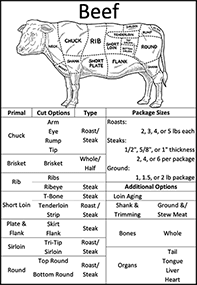
5 Steps to Buying Meat Direct From the Farm
New
If you are interested in buying meat from a local farmer, in quarters or halves, review these five considerations: how much meat your family can consume and what cuts to buy, sourcing an animal, finding a local meat processor, costs, and timing.
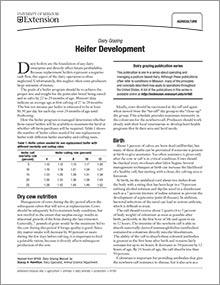
Dairy Grazing: Heifer Development
Revised
Heifers are the foundation of any dairy enterprise and directly affect future profitability. Learn how to manage a heifer development program to maintain a herd with farm-raised heifers and save the cost of buying replacement heifers in this guide.
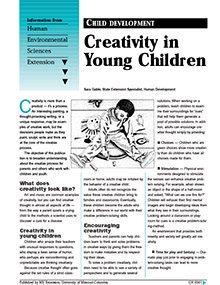
Creativity in Young Children
Reviewed
This guide explores how children express creativity and offers strategies for adults to nurture imaginative thinking.

Spiders - Page 4
Reviewed
Crab spiders (Thomisidae) are nonpoisonous ambush predators that capture prey by waiting motionless on flowers.
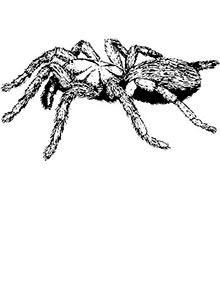
Spiders - Page 7
Reviewed
The publication provides detailed information about various spider species found in Missouri, including their biology, habits, and potential risks to humans.
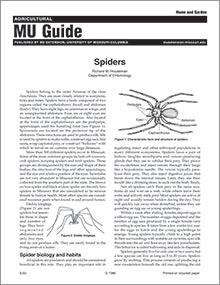
Spiders
Reviewed
Spiders belong to the order Araneae of the class Arachnida. More than 300 different spiders occur in Missouri.

Spiders - Page 2
Reviewed
Learn to identify and manage common Missouri spiders, including black widow and brown recluse, with safety tips and control methods.